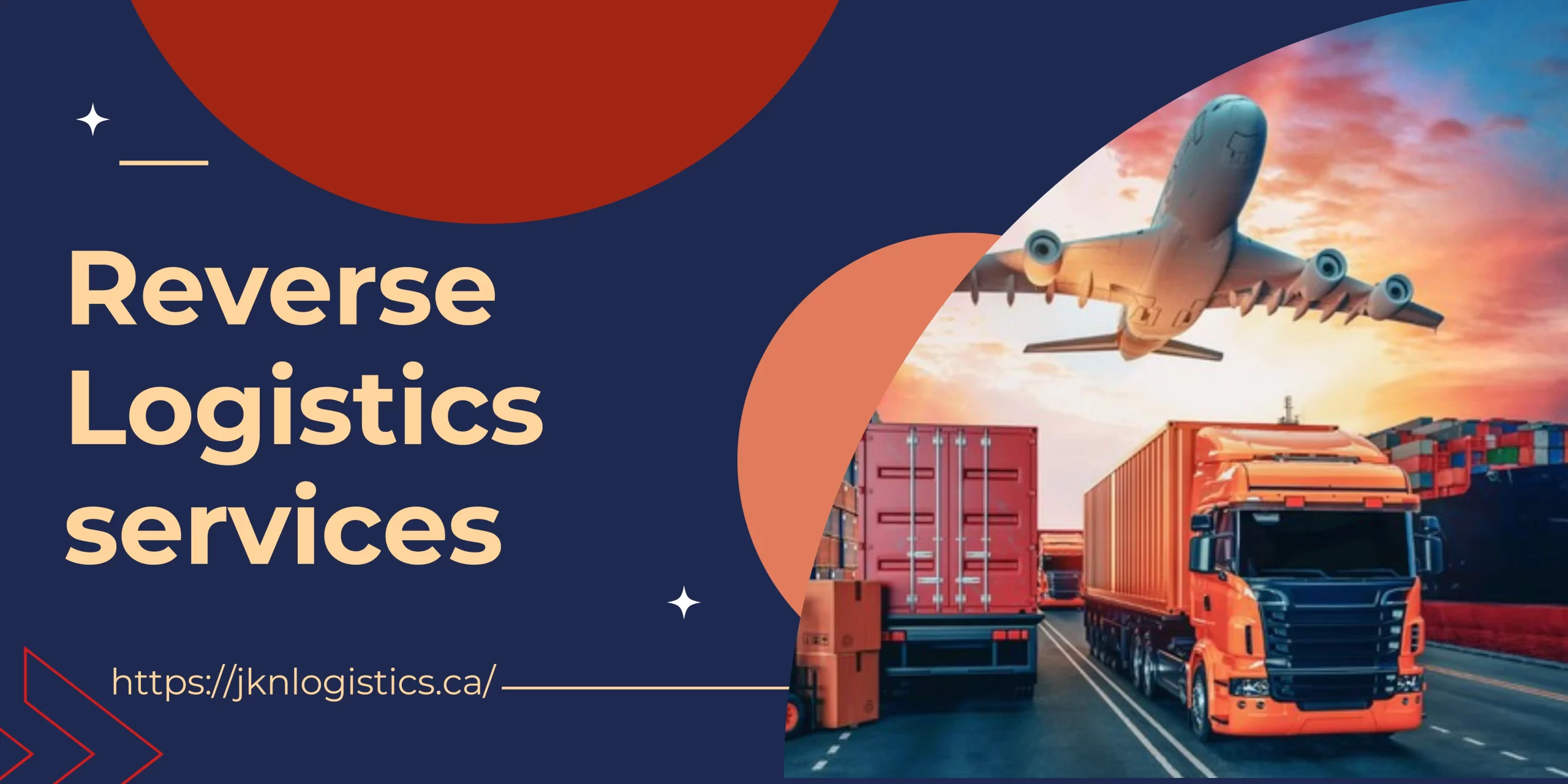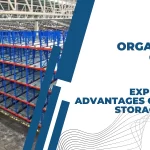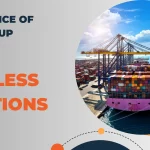
Role of Technology in Reverse Logistics Services
Reverse logistics services suffer from poorly structured processes and a lack of transparency. The consequences range from higher costs and difficulty in documentation to consumer dissatisfaction, delivery delays, and complaints.
Many technological solutions are strong allies to optimize procedures and make them more effective. Applications, BI software, and analytical and management tools control various aspects of day-to-day work, saving time and directing attention to other issues. Undeniably, technological innovations introduced in organizations have increased their productivity, whether through the improvements they incorporate into production processes or the rationalization of labour.
What are reverse logistics services?
Reverse logistics services involve handling returned merchandise, managing inventory, and addressing issues like returns, exchanges, recycling, or repairs. It occurs when a customer buys a product online, receives it, and initiates a return, exchange, or repair request. The aim is to optimize the flow of returned products efficiently, minimizing costs and maximizing the value of returned items within the supply chain. In reverse logistics services, many sources of innovation improve product return processes for both companies and their consumers.
Tracking as an innovation in reverse logistics
In post-sales reverse logistics services, mapping goods deliveries in real-time allows you to correct routes quickly. This avoids delays and saves time and resources. Here at JKN Logistics, we prefer an application that monitors all deliveries and will enable managers to access all the necessary information about product returns.
Applications to organize the collections and deliveries
Software for managing deliveries is a significant innovation in reverse logistics services. JKN Logistics works with its representatives through an application that can be accessed via smartphone. The time and address for returning the product are agreed upon with consumers. The representative designated for delivery can view the address, time and product to be exchanged or replaced in the application.
Customer relationship chats
Investing in customer service can make after-sales reverse logistics services much more practical. For instance, some consumers may request a product exchange because they do not know how to use it. However, an efficient communication channel solves this quickly, explaining to the customer how to use the product correctly. An application helps maintain the brand’s credibility in the eyes of the consumer.
Product return management
Product return management involves handling and processing product returns initiated by customers. The process includes initiation, authorization, logistics, receiving and inspection, restocking, refunds, exchanges or repairs. A program that helps control inventory can help detect failures.
Process integration as innovation in reverse logistics
Technology in reverse logistics services allows for process integration. It is an advantage that facilitates the communication process between employees and customers. It significantly enables sequenced processes to receive information, speeding up the completion of activities automatically.
Best reverse logistics services
The reverse logistics services at JKN Logistics are designed according to the organization’s needs and existing processes.
Investing in technology for reverse logistics services allows processes to become increasingly safer and more assertive. Therefore, we are always attentive to the constant innovations the so-called Logistics 4.0 brings. Automation, IoT, Data Analysis and Artificial Intelligence are present in this dynamic and inspiring reverse logistics innovation scenario.
Call JKN Logistics now and book our hassle-free, reliable, affordable reverse logistics services.





